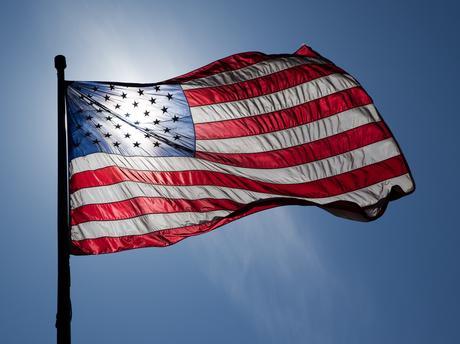
A new wave of women are running for office.
In the months since Trump’s election, people across the country (and world) have been galvanized to take action. Thousands marched in support of women, science, and the environment. Planned Parenthood and the American Civil Liberties Union saw spikes in donations. Late-night comedians like Seth Meyers, Stephen Colbert, and Chelsea Handler have focused monolog after monologue on the absurdity of Donald Trump’s presidency. And over 11,000 women want to run for office.
As of this past April, that’s how many women had reached out to Emily’s List, a progressive organization dedicated to electing Democratic women, to let them know that they were interested in running for office. To put that in perspective, Emily’s List received just 900 such requests in all of 2016.
While women make up a larger proportion of national and state lawmakers than they ever have before, the share of women in major political positions remains disproportionately low, and still isn’t representative of the U.S. population. Only one in five members of Congress are women. Women make up less than 25 percent of state legislators. Only six out of 50 state governors are women. And, of course, women have only recently been considered viable contenders for major parties’ nominations to high-ranking positions, like the presidency.
Yet these numbers lag at the same time that research shows Americans are overwhelmingly willing to vote for women, and that they’re much more inclined to do so today than they were 50 years ago. In 2015, 92 percent of respondents to one survey said they’d vote for a “generally well-qualified” woman from their party for President. In the 1960s, this number was just above 50 percent.
Research also shows that there may be less gender bias in the public’s reaction to female candidates than we might think. After analyzing thousands of articles, pieces of television coverage, and identifying keywords in tweets and other social media posts, Jennifer Lawless, the director of the Women & Politics Institute at American University, found that most male and female candidates receive essentially the same kind of media coverage and the same kind of treatment from voters. In an increasingly polarized political environment, voters tend to divide along party, not gender, lines, according to Lawless. The growing ideological gap between Republican and Democratic parties mean that a candidate’s ideas matter more than their gender.
Yet many people seem to still believe that men must hold most positions of political power due to voters’ gender bias. They see high-profile examples of sexism in politics—like the many times that Hillary Clinton and Sarah Palin have both been attacked because of their gender—and conclude that these cases represent the attitude in all of American politics.
But while the sexism these candidates, and certainly others, have faced is inexcusable and very real, we cannot assume that these two individual cases represent the political atmosphere for female politicians across the country. We can’t let these perceptions hold us back from running. The perception of an inevitably biased environment and sexist experience seems to have dissuaded women from running, which cyclically has led to their underrepresentation in political offices.
While Trump’s first 100 days were nothing less than a shit-show, there is a silver lining: We are in the middle of a national epiphany. This seems to be happening in all sorts of unprecedented ways, but one of the most inspiring is the way women are finally, en masse, owning their power and recognizing that they have the ability to build the kind of future they want. This year, more women than ever are interested in running for local school boards, state legislatures, and seats in Congress—and we’ll hopefully see more women in positions of political power very soon, whether at the district, state, or national level.
When legislatures are finally more representative of the constituents they serve, young girls will have visible, real women in politics to look up to as role models (you can’t be what you can’t see). Additionally, evidence shows that female elected officials make a real difference in the issues they prioritize, the bills they sponsor, and the extent to which they mobilize their constituents. So with midterm elections coming up in 2018, state legislative elections happening throughout the year, municipal elections happening in over 100 cities, and even school district board elections happening in over 1,000 school districts around the country this year, let’s make sure we support the women putting themselves up for election.
Want to run for office? Get help from Emily’s List here if you’re a Democrat, or reach out to Emerge America, Run For, or She Should Run, all of which are nonpartisan organizations.
Don’t want to run for office, but want to do something else to help? Call your reps—here’s how. Here are printables you can mail them. These are some of the organizations doing good that you can donate your time or money to. And sign up to get daily alerts texted to you with one action you can take each day.

